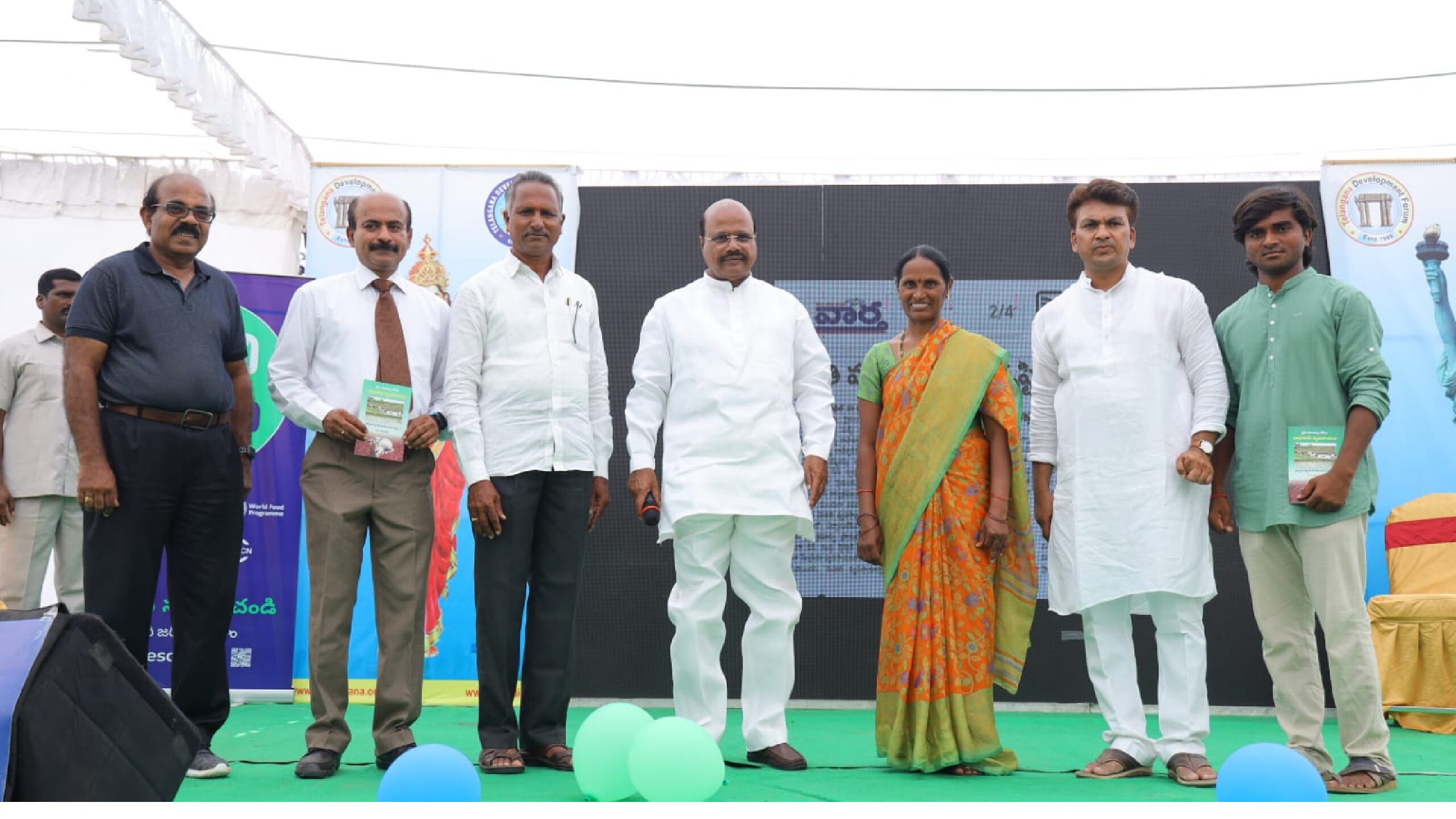Musings by Shekhar Nambiar
As I sit down and contemplate penning down a piece on the postal system has come a ‘forward’ on Indian posts, and it’s proving to be inspiring enough.
If I say the song Dakiya Dak Dala from the 1977 film Palkon ki Chhaon Mein, with Rajesh Khanna as the postman, has been ringing in my ears as we near 300 years of postal service in India, it wouldn’t be an exaggeration.
The postal system, now known as India Post or more commonly still the Post Office,Dak GharorTapal, was established on October 1,1854, 15 years before the birth of Mahatma Gandhi, whose birth anniversary we celebrate this week.

An era ends
With the Morse code and telegrams becoming obsolete, India dropped the ‘T’ and the department, long known as P&T, some ten years ago. That was when the public sector BSNL stopped relaying telegraphic services owing to what was believed to be mountingcosts. And thus was born India Post.
The last known telegram was sent from Nagpur on July 14, 2013. A woman sent the telegram, the last by anyone in India,to her mother a few minutes before the stroke of midnight in which, among other things, she praised staff sending telegrams. Indeed, well deserved for their long service to the nation!
Also read: Age not just a number anymore
Thus, ended more than 150 years of telegrams and telegraphic services. The first service was provided between Calcutta and Diamond Harbour on November 5, 1850.
Just recall the yeoman service that telegrams gave to our citizens. Long before G-pay, UPI or Paytm, several amongst us would recall receiving money by wire transfer. I certainly recall my father sending me messages telegraphically, stating “Wired money, acknowledge receipt”.
No country can entirely do without an efficient postal system. India and Indians have become too dependent on private courier agencies and logistics services. Most charge astronomical prices, yet are not efficient enough or deliver your packet or mail in time. In the US, the USPS still retains a significant presence. Australia may have privatized Qantas but it proudly showcases Australia Post. Sydney’s Kingsford Smith International Airport has a space reserved in a corner that doubles up as a post office and a philatelic museum selling memorabilia.

Gandhi Jayanti
Celebrating Gandhiji, as it were, we are well past the sesquicentennial mark, which was in 2019. Yet, Gandhiji cannot be so easily erased from memory. He is somehow intrinsically linked to India’s psyche and conscience.
I am but compelled to think how many times Bapu must have used the postal department’s services to converse with fellow freedom fighters, several in jails, family and followers, often times even communicate to the Raj, and lodge protests, give interviews and write articles for the nationalist press.
The system should have been very efficient those days –despite their not being any modern means of transportation. The department used any available means– from bullock cart and boats to runners, who risked their lives from threatening wild cats.
Also read: Biden, G20 & Bharat
Significantly, it was not without reason that the Father of the Nation was honoured on the first anniversary of the nation’s independence on August 15, 1948, with a postage stamp on him. The 10-rupee stamp with Gandhiji’s serene face on it remains a prized possession with philatelists to this day.

Gandhiji messages on health and hygiene are being propagated through public service messages over print, radio and TV as well as through the phone networks.
Bapu’s views on these key aspects of daily living – simple messages on keeping your surroundings clean and healthy toilet practices – have been well documented through his correspondences and articles and no doubt remain relevant.
Proud community
I have had numerous occasions to interact with postal department staff, from top officials down to the lowliest.
There is a common sentiment among the community of postal employees, former and serving, and that is one of pride and doing good to serving people across the length and breadth of this vast land of ours.
More than our urban centres and metro centres it is the far-flung and remote places that benefit most, as postal staff deliver mail day in and day out.
Also read: Social literacy, education and life skills
A retired post master recalled the respect, next only to school teachers, he commanded among the rural folk.The familiar face of the postman making his way smilingly to homes brought cheer to faces. Sometimes he brought bad tidings too, news about the death of a close family member or about the illness of a son or daughter.
The huge countrywide network of post offices – head post offices, branch post offices to sub-post offices – offered lifeline for the people, serving them through postal savings, deposits, pensions and the like. “The system was foolproof giving efficient services at a time when banks, although nationalised, were not as proliferate as they are now,” said another former postal official.
There are certain basic services a national government can and must provide. The postal service is one such institution. It must be allowed to continue and thrive largely as a dependable mechanism for efficient delivery of mail service and also be a small financial institution to serve the unreached, poor and the disadvantaged.
As they say, in keeping with the times, let dakiya dak laya continue to be the tagline!
Also read: Rover’s moonwalk sets India on course for space forays




